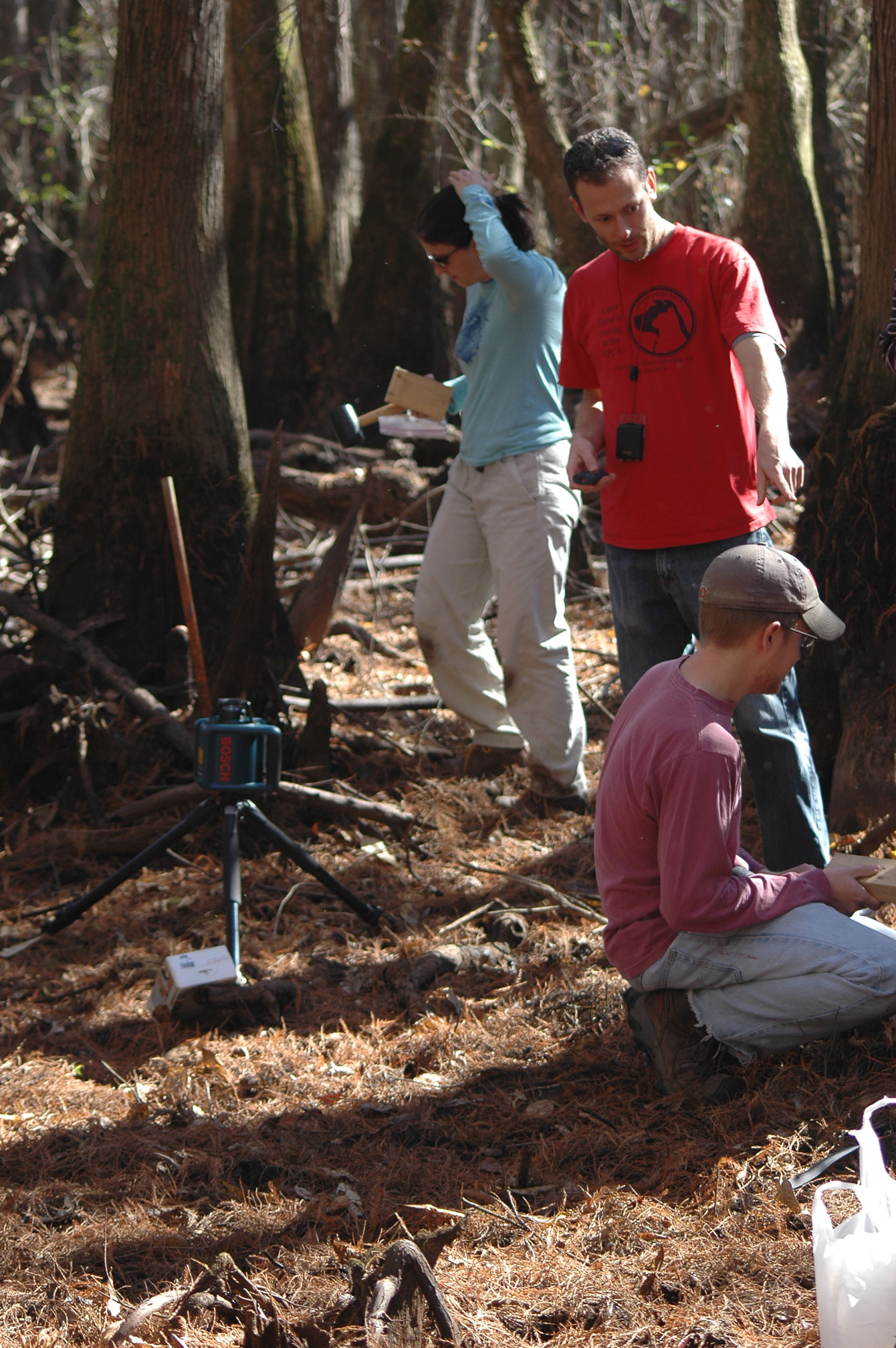Athens, Ga. – Droughts might be affecting how Georgia’s blackwater rivers process carbon, according to a new study led by an ecologist while he was at the University of Georgia. The results, which were published in the Journal of Geophysical Research: Biogeosciences, report less carbon being transported downstream, higher concentrations of carbon in the water and increasing rates of carbon dioxide released into the atmosphere in years following droughts.
Blackwater rivers wind through the wetlands and bottomland forests of Georgia’s coastal plain. These waters are home to some of the state’s most iconic features with towering cypress trees rising gracefully from their slow moving and tannin-stained waters.
Blackwater rivers also contain large amounts of carbon, making them important for their role in the global carbon cycle-the continuous movement of carbon in various forms through soil, water, air, plants and animals.
Much of the carbon in these rivers comes from decomposing organic matter and is referred to as dissolved organic carbon, or DOC.
“It leaks out when leaves and wood are in contact with water, just like when you are making tea from tea leaves,” explained study lead author Andrew Mehring, a former UGA postdoctoral associate who received his doctorate from the Odum School of Ecology in 2012. He is now a postdoctoral researcher at the Scripps Institution of Oceanography.
In this form, carbon serves an important role in the river food web, feeding microorganisms that provide food for insects that are in turn eaten by larger animals such as frogs and fish. Some of the DOC is converted to carbon dioxide by bacteria as they consume it and is released into the atmosphere. And some of it remains in the rivers and is carried downstream where it makes a significant contribution to coastal waters.
“Rivers certainly aren’t the only source of DOC to oceans, but they do deliver a lot of DOC to estuaries and coastal zones,” Mehring said.
Mehring became interested in the impact of droughts on DOC while collecting water samples for another experiment in the Little River near Tifton, Ga., where droughts have been lengthening since monitoring began in 1972.
The USDA Agricultural Research Service Southeast Watershed Research Lab in Tifton provided nine years’ worth of weekly measurements of streamflow, rainfall, temperature and DOC concentrations for a section of the Little River. Mehring combined that with two additional years of laboratory analysis, as well as similar data for five other nearby comparison sites.
Mehring’s analysis of this information showed that drought had a number of significant impacts on DOC in the rivers studied.
One effect was decreased transport of DOC downstream during droughts-not surprising, since in a drought there is less water available to carry the DOC, Mehring said.
More unexpectedly was finding that DOC was more highly concentrated in the years following droughts. Mehring said the researchers think that when a drought ends, the carbon contained in the previous year’s leftover organic matter is released along with that from the current year’s crop of fallen leaves and wood, leading to the higher concentrations of DOC observed.
They also found higher DOC concentrations were linked to greatly increased rates of carbon dioxide release.
Mehring said that understanding the impacts of drought on the carbon cycle in Georgia’s blackwater rivers is important because droughts may intensify in the southeastern U.S. in the future. At the same time, temperatures are predicted to remain high or continue to increase, leading to more loss of water through evaporation-with the net effect likely to be decreased river flows.
“What we have shown in our work is what can happen during drought years, and what may become more common if droughts become more common,” said Mehring.
The paper’s co-authors are R.R. Lowrance and D.D. Bosch, both of the USDA Agricultural Research Service Southeast Watershed Research Lab; A.M. Helton of the University of Connecticut; C.M. Pringle of the UGA Odum School of Ecology; and A. Thompson and G. Vellidis of the UGA Department of Crop and Soil Sciences. The full article is available online at http://onlinelibrary.wiley.com/doi/10.1002/2013JG002415/full.
The research was supported by the USDA, UGA and the Society for Freshwater Science.
For more information about the Odum School of Ecology, see www.ecology.uga.edu.


